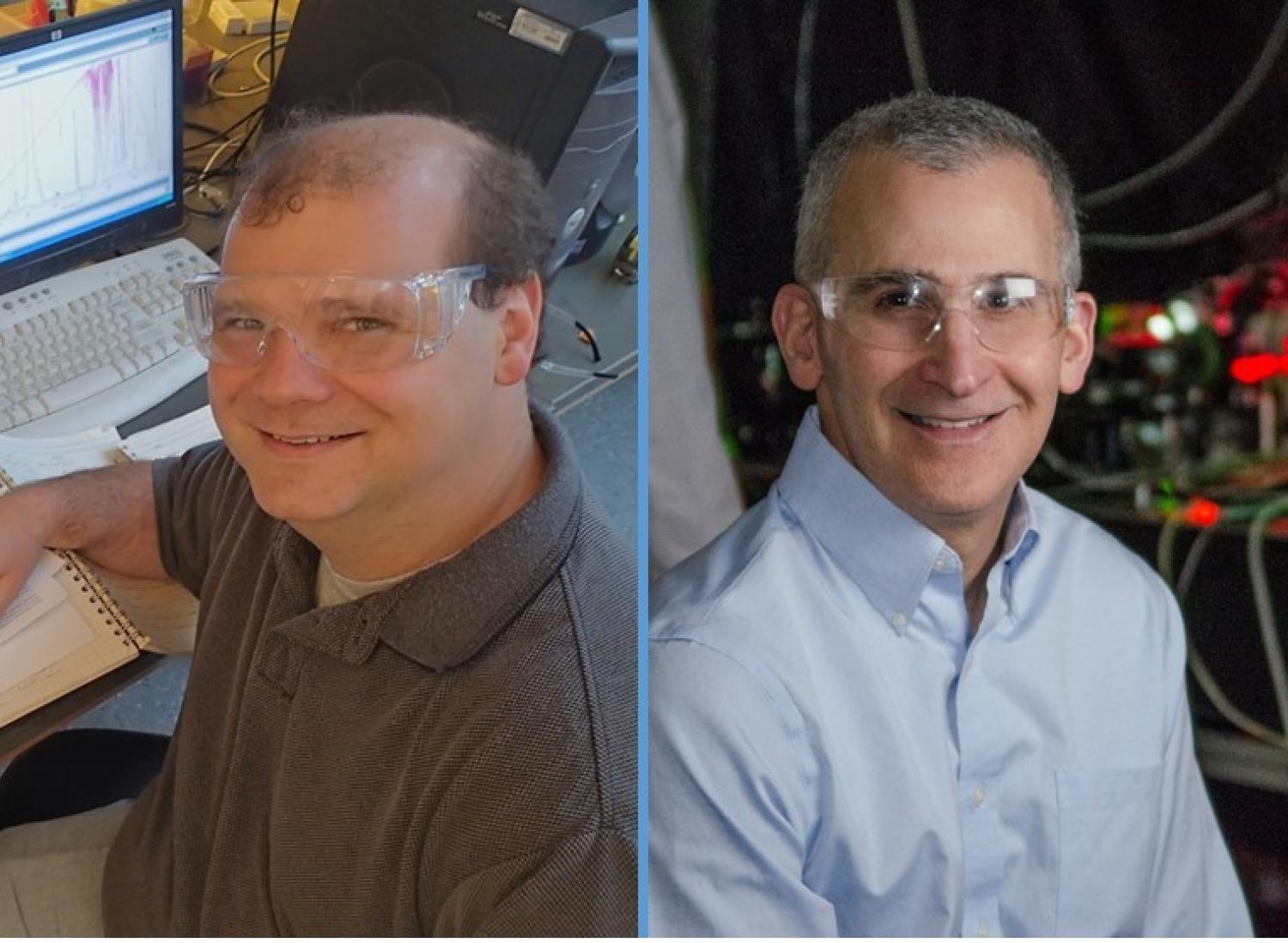ChBE Research Featured in 2014 NSF Compendium of Technological Breakthroughs

Four advances from ChBE Professors Chris Bowman and Dan Schwartz have been included in the prestigious 2014 Compendium of Industry-Nominated Technological Breakthroughs. The annual compendium catalogues top technological breakthroughs attributable to NSF Industry/University Cooperative Research Centers (I/UCRCs).
Nominations for inclusion come from industry scientists, with 124 advances spanning all of science and engineering included in the 2014 edition. The compendium contains both a brief description and economic impact of each breakthrough.
Three of these breakthroughs were led by Distinguished Professor Chris Bowman, a member of the Photopolymerizations Center (PC). “Ultra-Rapid Photopolymerization Method” describes the identification and characterization of new fast-reacting monomers for use as dental restorative materials or as fast-drying and non-contaminating ink for food package printing. A second project, “Covalent Adaptable Networks (CANS),” entails the development of polymer networks that can change their shape or even heal fractures and cracks, improving their use as thermosets in applications such as conventional composites, 3D prototyping, adhesives, photolithography, and dental materials.
Bowman’s third highlighted advance, “Real Time Methods to Examine Photopolymerization Conversion,” involves the creation of real time instrumentation and methodologies to examine and correlate photopolymerization degree of conversion versus shrinkage stress and key mechanical properties. These techniques have led PC researchers to finally understand and definitively address critical questions involved in dental materials and other photocurable, cross linkable systems.
A fourth breakthrough was headed by ChBE Department Chair and Membrane Science, Engineering and Technology Center (MAST) member Dan Schwartz. “Single Molecule Protein Interactions with Surfaces” describes a novel technique to monitor individual protein molecules as they attach to and detach from solid surfaces. These literal pictures of the mechanisms of surface fouling can aid in the design of non-fouling and easily-cleaned materials and coatings in filters, packaging, drugs, foods, medical devices, and biomedical implants.
The annual compendium is provided to interested members of Congress, White House and congressional staffers, and members of official NSF committees of visitors; view it online to learn more about the ChBE projects listed above.

